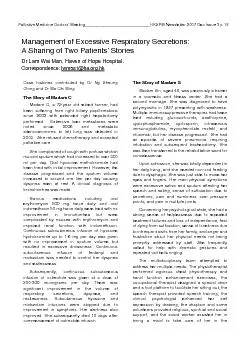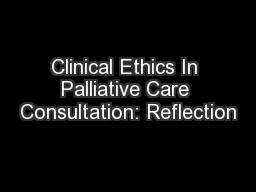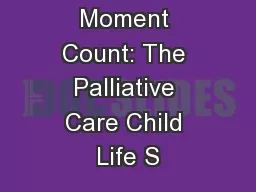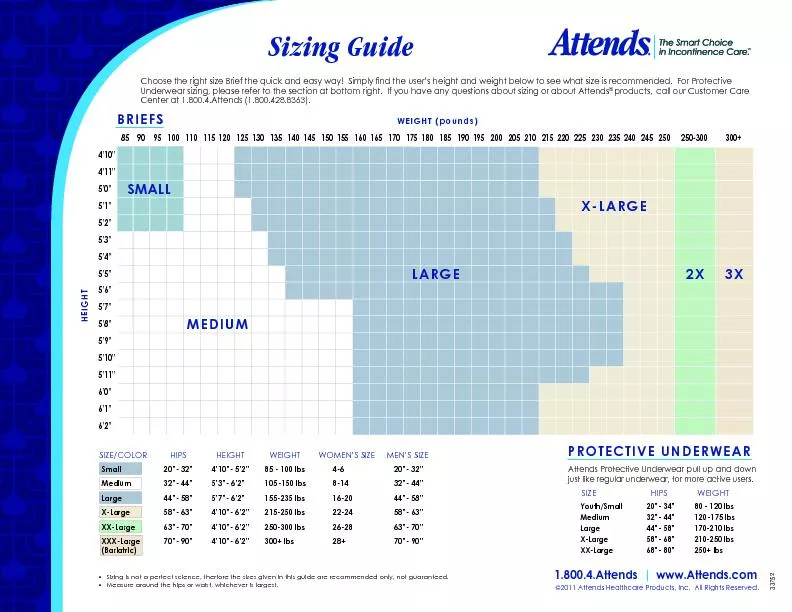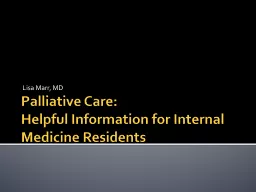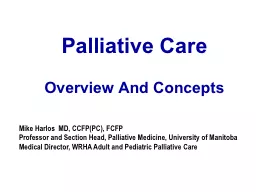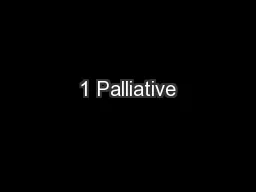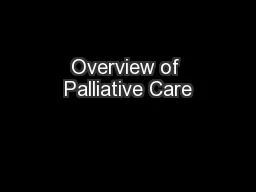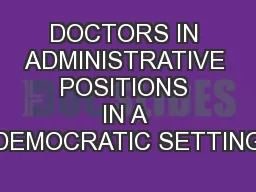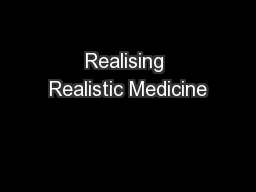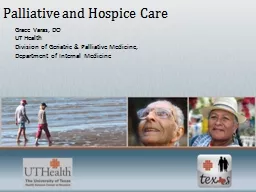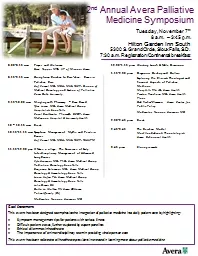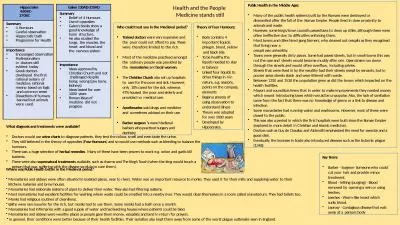PDF-Palliative Medicine Doctors’ Meeting____________________________H
Author : tatiana-dople | Published Date : 2017-11-28
Case histories contributed by Dr Ng Sheung Ching and Dr Ma Chi Ming The Story of Madam C Madam C a 72year old retired farmer had been suffering from right biliary
Presentation Embed Code
Download Presentation
Download Presentation The PPT/PDF document "Palliative Medicine Doctors’ Meetin..." is the property of its rightful owner. Permission is granted to download and print the materials on this website for personal, non-commercial use only, and to display it on your personal computer provided you do not modify the materials and that you retain all copyright notices contained in the materials. By downloading content from our website, you accept the terms of this agreement.
Palliative Medicine Doctors’ Meeting____________________________H: Transcript
Download Rules Of Document
"Palliative Medicine Doctors’ Meeting____________________________H"The content belongs to its owner. You may download and print it for personal use, without modification, and keep all copyright notices. By downloading, you agree to these terms.
Related Documents

